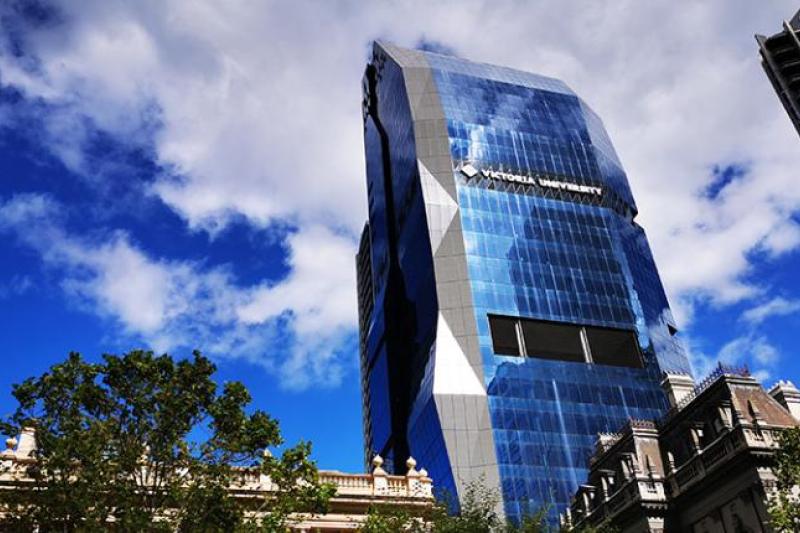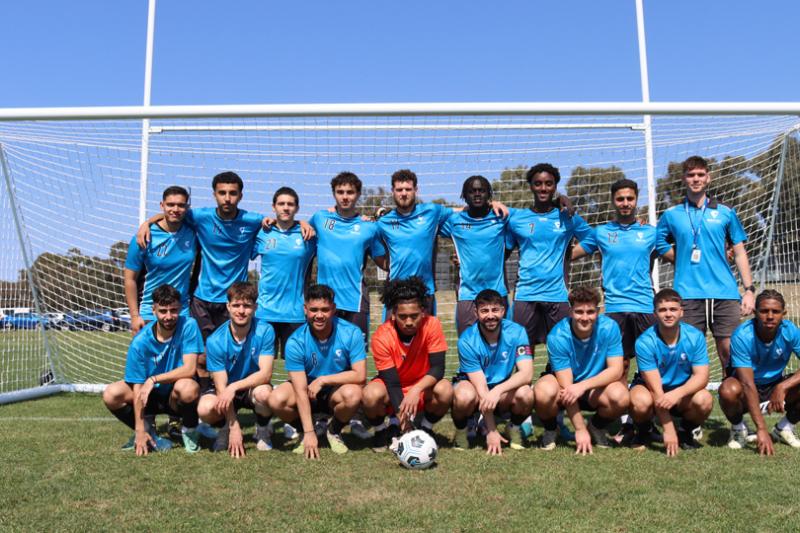Setting new international benchmarks in bushfire modelling & structural fire tunnel testing

Pioneering numerical and experimental studies at Victoria University will help urban planners and transport agencies predict the spread of bushfires and make tunnels safer for drivers.
The Victoria University Fire Research Group (VUFRG) is working on a series of cutting-edge fire safety engineering projects that include detailed studies of fundamental combustion processes, the application of fire safety engineering in practice and how fires affect the lining of tunnels.
The results are used to verify the fire resistance of materials and the potential for concrete spalling (removing the surface to expose reinforcements) and demonstrate the likely spread of fast-moving bushfires.
The Structural Fire Testing Facility on the university’s Werribee Campus can monitor full-scale tunnel lining concrete tests in real time.
The next-generation fire testing facility is equipped with a large 4x3x3m furnace, structural test rigs and a room that allows fire tests to be conducted according to ISO 17025 testing standards.
It also tests a range of other fire safety areas, such as the effect of water suppression on lithium-ion battery fires and the containment of blazes in the engine room of a ship or frigate.
Ember transport modelling
Another significant piece of fire safety engineering has been developing superior models for observing the movement of flying bushfire embers and how they impact properties.
The field-scale modelling, spearheaded by Professor Khalid Moinuddin, Executive Director of the university’s Institute for Sustainable Industries and Liveable Cities, can quantify firebrand flux from a range of vegetation fires on different house designs.
“In the past, modelling bushfire behaviours was more simplistic,”
Moinuddin said. “They measured how far a blaze would spread in a given time under varying environmental conditions using very basic calculations.”
“But our numerical model embodies physics and chemistry to analyse many more factors, particularly how burning pieces of twig or leaf matter fly through the air and ignite buildings.”
Computational fluid dynamics are harnessed to build complex numerical models to track particle movement and assess relative risk.
Understanding how landing patterns combine with heat flux has led to vastly more accurate and reliable risk assessments and helped engineers choose the right construction materials for buildings in bushfire zones.
To validate the numerical model, the team used what it calls an “ember dragon” to “breathe” out 10mm³ pieces of wood that have been toasted and ignited to represent burning embers. A fan system mimics wind conditions by blowing them up to 10m.
The experiment is then replicated via a state-of-the-art numerical model optimised for bushfire modelling and also capable of simulating dynamic fire escalations that produce unexpectedly high rates of spread and intensity, often endangering firefighters or civilians. Moinuddin’s team is using the model to investigate the effects of hills, fire breaks and merging blazes on fire propagation.
Tunnel concrete testing
The Structural Fire Testing Facility is run by Professor Maurice Guerrieri, a structural engineer and concrete spalling specialist, and is attracting interest from tier-one companies with major government tunnel contracts.
“There was nothing like this in Australia, so people had to ship these huge, five-tonne, 3.5 m concrete tunnel rigs to Europe to see whether they’d survive a fire,”
Guerrieri said. “That was expensive and time-consuming, so we built one here.”
“Its first major project was the Melbourne Metro Tunnel. Since then, it has undertaken seven infrastructure tunnelling projects and established itself as one of the leading test furnaces in the Southern Hemisphere.”
Superior standards
The concrete testing has already had a seismic impact on the industry, disproving some long-established assumptions and becoming internationally renowned for the sophistication of its results.
“Everyone was testing as if it was still 1960,”
Guerrieri said. “The standards hadn’t been updated to take into account new technologies or materials, so they were still saying that the maximum safe moisture content for concrete was three per cent and anything over that was more likely to lead to the concrete undergoing explosive spalling when exposed to fire. This is due to the build of internal pore pressure, believed to increase due to the higher moisture content.”
“My research has shown that’s simply not the case, and that moisture levels can be as high as 10 per cent. All the literature is old and hasn’t been updated, but now I’m writing new international standards.”
He argues that generating reliable data is only possible through live monitoring of tests conducted at full scale to replicate tunnel conditions properly.
“In other labs, they put the specimen inside, press a button and then wait until it’s time to take it out,”
he said. “Often there isn’t even a window to look inside, but we have cameras inside the furnace to film the process and we stream the live data on
YouTube. It’s like cooking a cake — you need to look through the door to see how it’s going!”
This article first appeared in Engineers Australia's online publication create.



